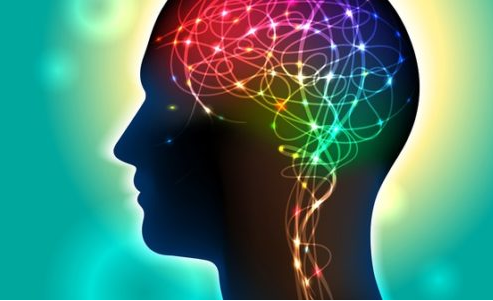Top Benefits of Neurofeedback Therapy

In most cases, Neurofeedback therapy is used to enhance reasoning capacity, improve cognitive efficiency, normalize behavior, minimize addiction and lessen relapse in patients, and much more. Neurofeedback therapy is a non-invasive, research-based, and non-pharmacological form of treatment. Research has shown that the brain is plastic and can restore its own activity to a more normalized state – this phenomenon is referred to as neuroplasticity. Accordingly, neurofeedback is used for different purposes in the field of treatment. The following are the benefits of neurofeedback therapy in human life:
- Neurofeedback can relieve people suffering from Tinnitus. Tinnitus is linked to certain brain wave rhythms in the temporal lobes. By retraining these abnormal patterns, neurofeedback can eliminate or radically reduce tinnitus. Tinnitus is the perception of acoustic sounds such as ringing, buzzing, or hissing without any verifiable source. The sound can be autonomous or consensual, occur intermittently or on a constant basis, and range in intensity of volume. Tinnitus most commonly develops due to a trauma causing a cochlear lesion such as prolonged exposure to loud noises, sudden hearing loss, or ototoxic medications.
- Neurofeedback is used to improve the reasoning capacity and cognitive efficiency in patients of all age groups. When you undergo neurofeedback training focused on normalizing activity in the ranges of sensorimotor rhythm (SMR) and theta waves, for example, it can help to improve cognition. In most cases, Neurofeedback can inversely decelerate the natural aging process in the human brain.
- Neurofeedback improves attention and working memory. If you experience problems with remembering things or feel that you have foggy thought processes, neurofeedback can help. By retraining specific areas in the brain responsible for memory reconciliation, memory storage, memory recall, and executive functioning to operate in a more optimal way, these symptoms can be relieved.
- Neurofeedback enhances the performance of professionals in a variety of careers anywhere from business management to professional athletics. It is clear that promoting brain waves associated with attention, long-term memory, planning/organizing, and retention of information can improve your performance skills. Neurofeedback can extract stored knowledge on your long-term memory and expose it for easy retrieval.
- Neurofeedback minimizes anxiety and other negative emotional processes like trauma or depressed mood states. Neurofeedback training can be used to enhance alpha and theta brain waves to manage emotional processes in the human brain.
- Neurofeedback can help patients to fall asleep faster, enhance sleep quality, and improve sleep quantity. According to Neurological Institutes in Toronto, boosting the sensorimotor rhythm (SMR), also referred to as the ‘healing frequency’, can improve issues associated with sleep. Neurofeedback training, therefore, can also be useful for patients who have insomnia.
- Neurofeedback can be used to help students and peoples with learning disabilities. Neurofeedback can improve students’ behavior and memory abilities in their fields of study.
Neurofeedback helps patients recover cognitive function after a head injury or brain trauma. A head injury often results in unique brain trauma that may not always respond to common medical treatments like medications. Tailored neurofeedback sessions can solve problems associated with depression, fatigue, post-concussion symptoms, and overall cognitive functioning in patients after a head injury.
